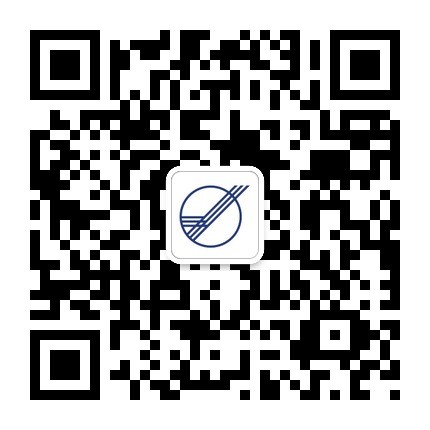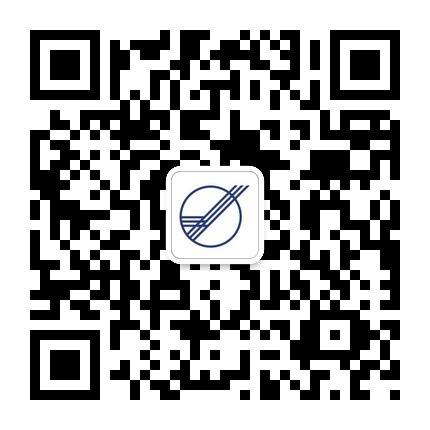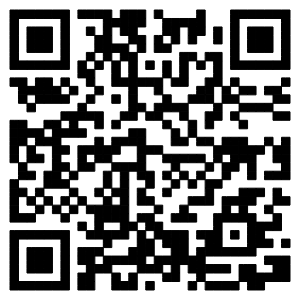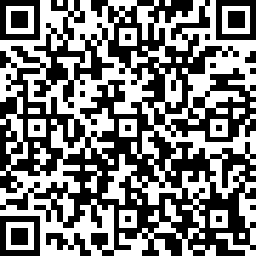
 {{_.$tools.formatDate(item.publishTime, 'yyyy-MM-dd')}} {{item.title}}
{{_.$tools.formatDate(item.publishTime, 'yyyy-MM-dd')}} {{item.title}} 
OPERATION OF FLIGHTS UNDER TYPHOON

FAQ
In what concerns the weather conditions, the take-off or landing of a flight or an aircraft depends on the following two factors:
Wind speed, wind direction and visibility: When a typhoon is hoisted causing a high speed wind, whether it be a signal number 3, 8, 9 or 10, a flight can still take off or land if the wind direction is suitable for the operation of take-offs and landings. On the contrary, when a typhoon is down, the heavy rain resulting from it might lower the visibility. In such case, a flight cannot take off or land, even though the signal number is removed and the wind.
The aircraft type: Different aircraft types have different capability to withstand wind. When a typhoon is hoisted, if the wind speed can allow a particular aircraft type to take off or land, a flight can therefore perform a take-off or a landing.
For any take-off or landing, the airport submits all necessary real-time weather information to the pilot of a flight. When the pilot receives such information, he or she then decides to perform a take-off or landing in accordance with the weather conditions at that moment and the internal guidelines of the airline for such operation. Such custom is a worldwide practice in international air traffic.
Yes. According to the requirement of International Civil Aviation Organization, an airport should, in addition to serving flights operating to it, also serve as an alternate airport for other flights not commercially destined to it. Therefore, even in the case of bad weather or when a typhoon is hoisted, whether it be a signal number 3, 8, 9 or 10, Macau International Airport will not close but operate 24 hours as usual. However, passengers should understand that flights might be affected or delayed due to unstable weather conditions.
- 1
- Total
























